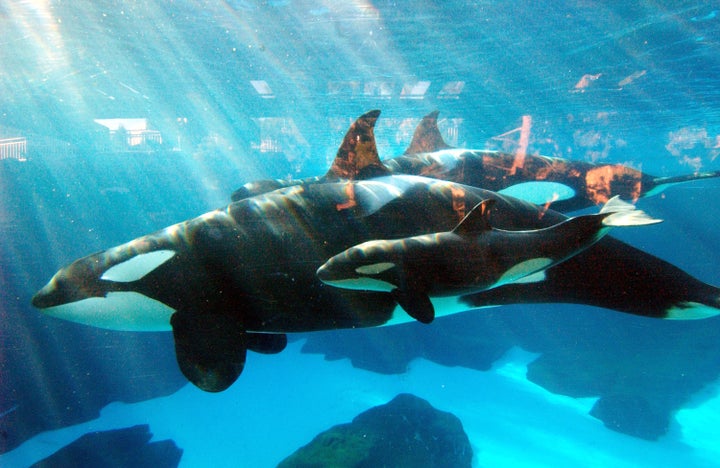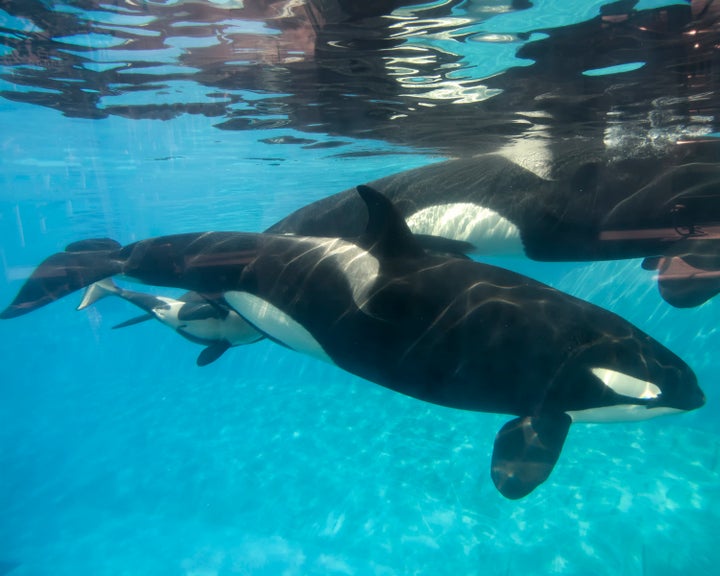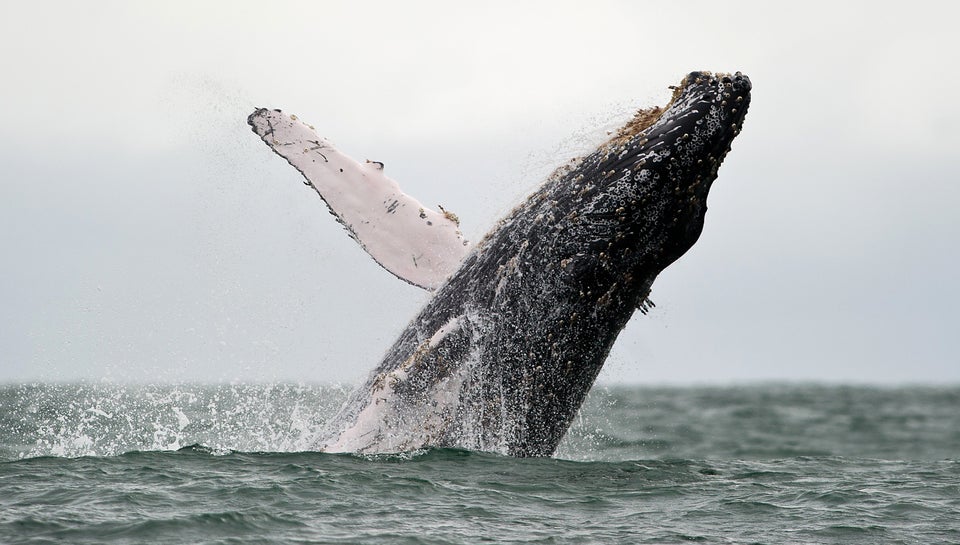An orca at SeaWorld San Diego was euthanized Tuesday evening after a long battle with a bacterial respiratory infection.
Kasatka was “nearly 42 years old,” according to a park statement that described her as “the beloved matriarch of our orca family.”

The park said it had been treating Kasatka for a respiratory infection, also known as lung disease, for several years. It’s the same illness that ultimately killed Tilikum — the orca featured in the 2013 documentary “Blackfish” who died last year at the age of about 35.
Orcas in the wild can live up to about 50 to 80 years, according to the Alaska Fisheries Science Center.
Kasatka was captured from the wild in 1978, near the coast of Iceland, and had numerous descendants born at SeaWorld. She was a mother of four, a grandmother of six and a great-grandmother of two whales, according to the park’s statement.

Kasatka’s death comes a month after the death of Kyara, a 3-month-old orca who was the last whale born as part of SeaWorld’s now-discontinued orca breeding program. Kyara died at Texas’ SeaWorld San Antonio after exhibiting signs of pneumonia.
SeaWorld has said that bacterial lung infections and pneumonia are among the most common causes of death in whales and dolphins, both in the wild and in captivity. However, some whale experts dispute this assertion, saying that we really don’t know that much about the deaths of whales in the wild.
“The fact of the matter is that most wild whales and dolphins do not wash up on shore after they die (unless they have beached due to acoustic/sonar blasting) so we don’t know why they die,” Deborah Giles of the Center for Whale Research told HuffPost in an email.
And Joseph Gaydos, science director at the marine research nonprofit SeaDoc Society, made a similar comment to LiveScience last month, saying researchers aren’t really sure what diseases hit wild orcas the hardest.

SeaWorld halted its orca breeding program after “Blackfish” sparked a wave of backlash against the park. The documentary, which focused on how Tilikum pulled a trainer underwater and killed her, provoked larger conversations about the ethics of keeping orcas in captivity. Attendance at SeaWorld parks dropped dramatically after the film’s release.
The park announced in 2016 that it would stop breeding orcas, though it continues to breed other marine mammals. SeaWorld also modified its orca performances into “orca encounters,” which it says are more educational and naturalistic. These shows still involve whales jumping and splashing for crowds, however.

This story has been updated with a comment from Deborah Giles.

